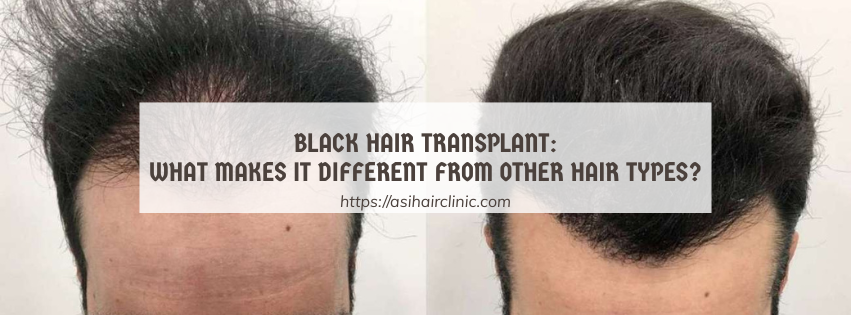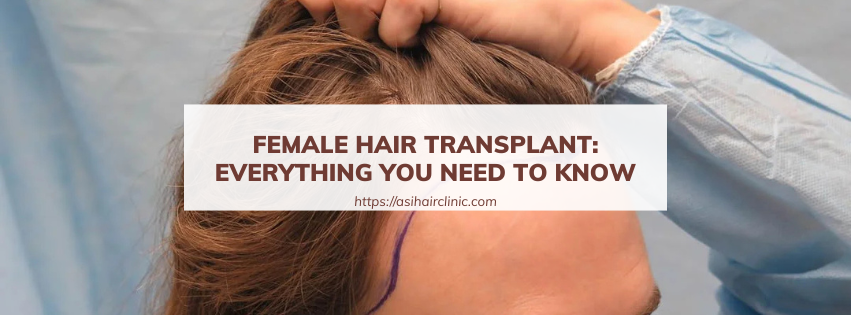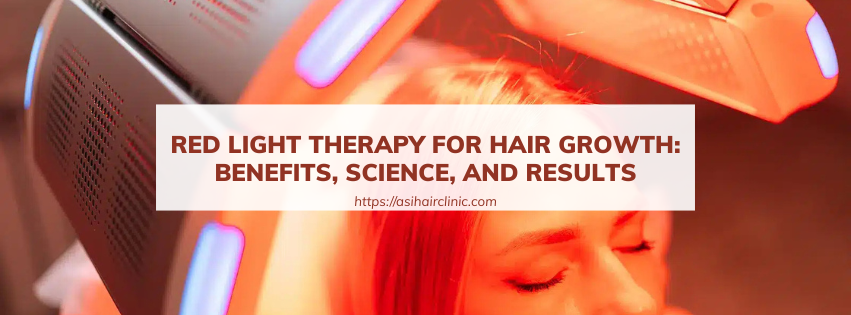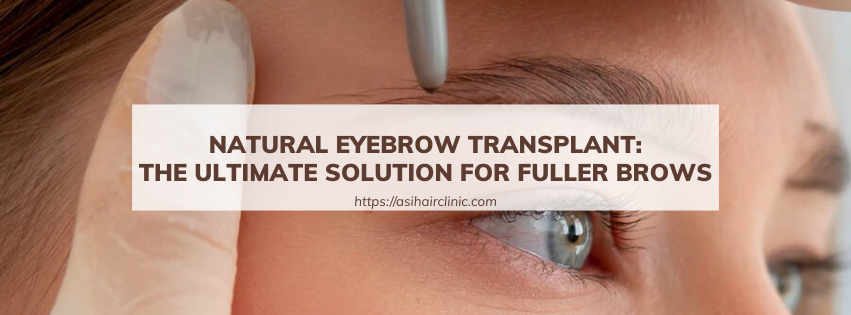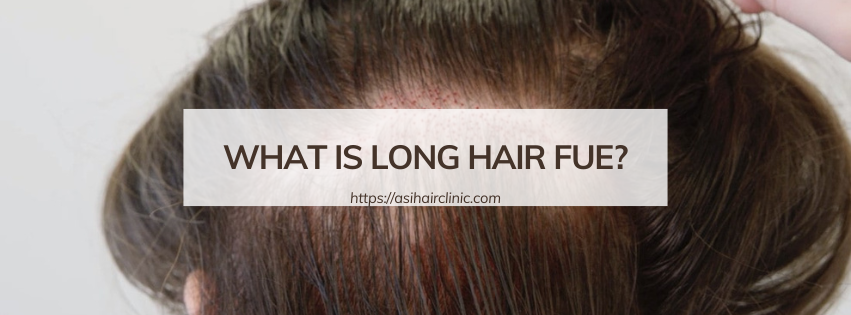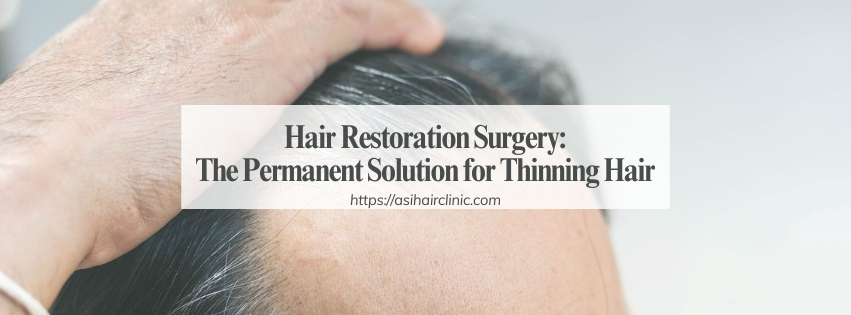6 Benefits Of FUE Hair Transplant
Hair loss is a common problem that affects millions of people worldwide. It can be caused by various factors, including genetics, age, stress, and medical conditions. Regardless of the reason, hair loss can have a significant impact on an individual's self-esteem and confidence. Thankfully, advances in technology have paved the way for innovative solutions to restore hair growth and revive one's sense of vitality. One such solution is Follicular Unit Extraction (FUE), a minimally invasive hair transplant procedure that has gained popularity in recent years. In this article, we will uncover its 6 key benefits of FUE hair transplant make it a game-changer in the realm of hair restoration.
1. Benefits Of FUE Hair Transplant - Minimal Scarring
One of the most significant advantages of FUE is its minimal scarring. Unlike traditional strip harvesting techniques that require a linear incision at the back of the scalp, FUE involves extracting individual hair follicles, resulting in only tiny, almost invisible dots. These dots are meticulously placed in the recipient area, leaving behind a scalp that appears virtually untouched. This aspect is particularly appealing to those who prefer to keep their hair transplant a private matter and want to avoid the tell-tale signs of surgery.
Less discomfort and faster healing
In addition to being less visible, the tiny scars from FUE also contribute to a more comfortable recovery process. Patients often report less post-operative discomfort compared to traditional methods, which involve stitching and a longer healing time. The small puncture marks heal quickly, and patients can return to their daily activities within a few days after the procedure. In contrast, traditional hair transplant methods may require weeks of downtime before resuming normal activities.
Ideal for those with short hair
Another benefit of minimal scarring is that it makes FUE suitable for patients with short hair. The tiny dots on the scalp are easily concealed, making it a viable option for those who prefer to keep their hair short or have a receding hairline. This aspect is particularly appealing to men who may feel self-conscious about their thinning hair and do not want to wait for their hair to grow long before undergoing a hair transplant.
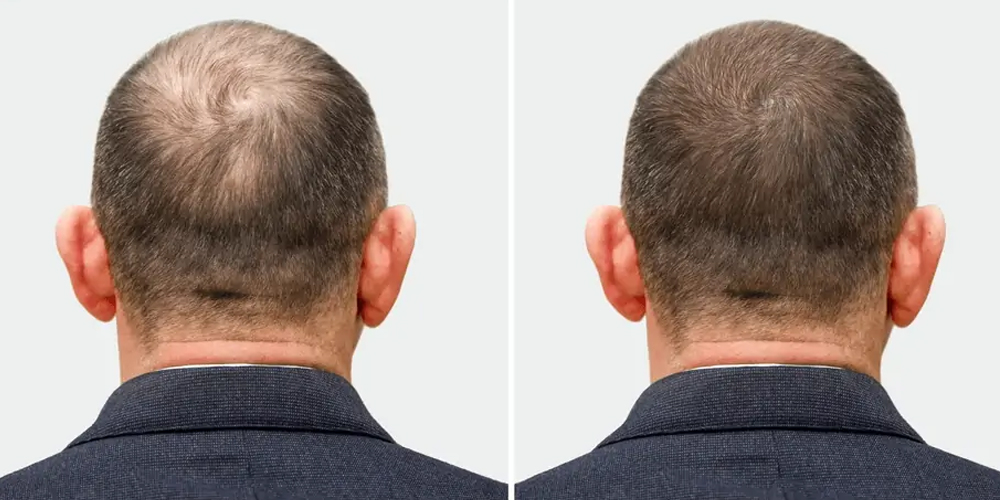
Suitable for patients with a tight scalp
Some individuals may have a tight scalp, making it difficult to perform traditional strip harvesting procedures. In such cases, FUE offers a more viable alternative as it does not require any stretching of the scalp. The individual extraction of follicular units allows for more flexibility in the procedure, making it feasible even for those with a tighter scalp.
2. Minimally invasive: Less trauma to the scalp
FUE is a minimally invasive procedure, meaning it involves less trauma to the scalp compared to traditional methods. With FUE, there is no need for a large incision or stitches, which can cause significant trauma to the scalp tissue. Instead, the follicular units are extracted using a small punch tool, resulting in minimal damage to the surrounding tissue. This aspect not only contributes to a faster recovery time but also leads to a more natural-looking outcome.
Reduced risk of complications
Traditional hair transplant methods, such as strip harvesting, can carry a higher risk of complications due to the invasive nature of the procedure. These complications can range from infection and bleeding to nerve damage and numbness. With FUE, the risk of such complications is significantly reduced as the procedure involves minimal trauma to the scalp. This aspect makes it a safer option for those seeking to undergo a hair transplant.
Less downtime and faster recovery
The minimally invasive nature of FUE also translates into a shorter recovery time compared to traditional hair transplant methods. Patients can typically resume their daily activities within a few days after the procedure, unlike traditional methods that may require weeks of downtime. The lack of a large incision also means that there are no stitches to be removed, further reducing the recovery period.
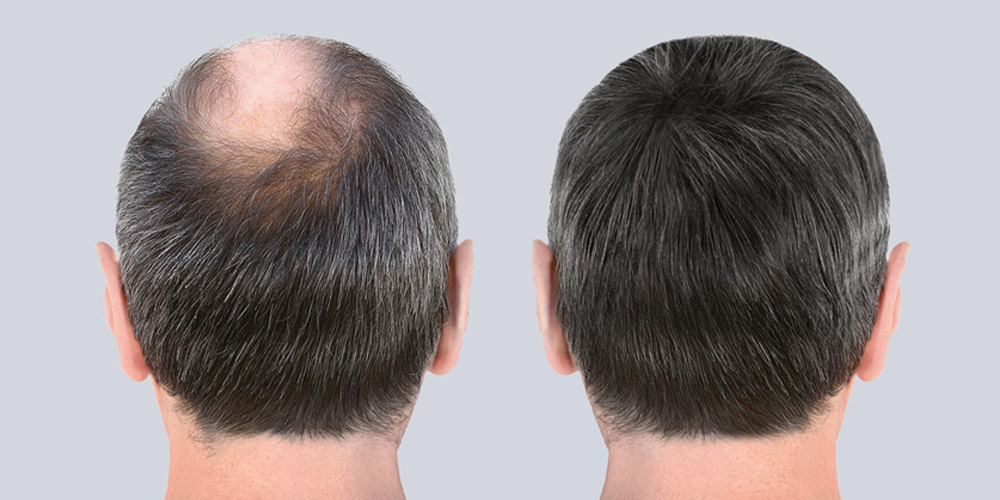
3. Natural-looking results
One of the most significant concerns for those considering a hair transplant is the fear of ending up with an unnatural, "pluggy" hairline. Traditional methods involve transplanting strips of hair, which can result in a harsh and artificial-looking hairline. In contrast, FUE allows for the extraction and transplantation of individual follicular units, creating a more natural-looking outcome.
Increased control over the placement of grafts
With FUE, the surgeon has more control over the placement of each graft, resulting in a more precise and natural-looking hairline. The extracted follicular units can be strategically placed in a way that mimics the natural hair growth pattern, creating a seamless and undetectable result.
Can be used for body hair transplantation
FUE is not limited to scalp hair transplantation; it can also be used for body hair transplantation. This technique is especially beneficial for individuals who have limited donor hair on their scalp or have experienced hair loss due to burns or other injuries. Body hair transplantation using FUE can help restore hair growth in areas such as the eyebrows, beard, or chest.
No visible linear scar
The tiny, almost invisible puncture marks from FUE make it virtually impossible to discern that a hair transplant has been performed. This aspect is particularly appealing for those who may prefer to keep their procedure discreet and do not want others to know they have undergone a hair transplant.
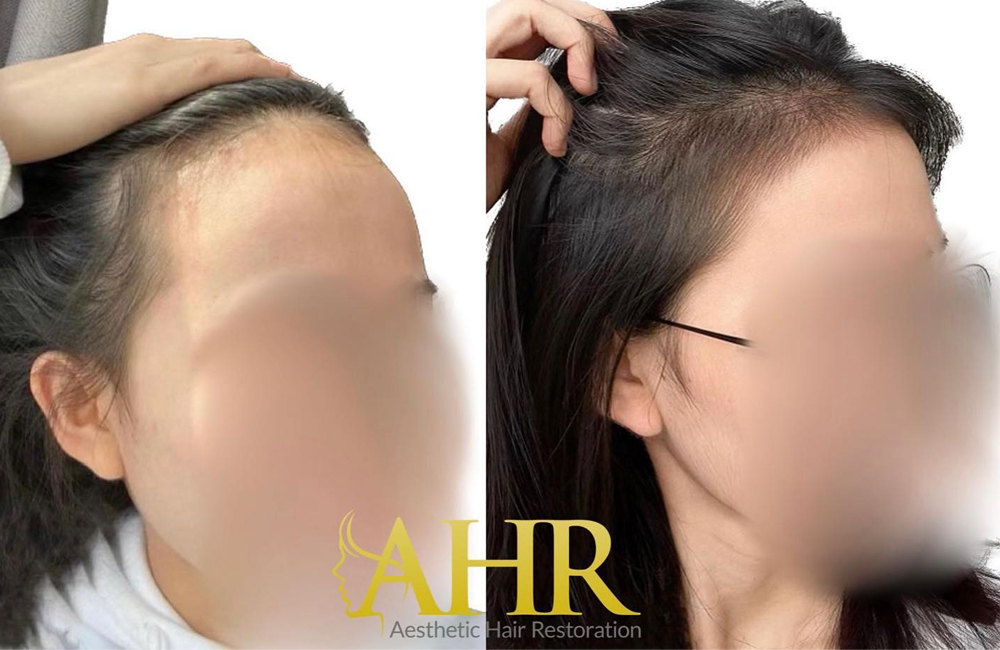
4. Reduced risk of complications
As mentioned earlier, traditional hair transplant methods can carry a higher risk of complications due to their invasive nature. In contrast, FUE significantly reduces the risk of complications, making it a safer option for all patients, regardless of their age, gender, or health condition.
Ideal for those with a history of scarring
Individuals with a history of keloid or hypertrophic scarring may not be suitable candidates for traditional hair transplant methods due to the risk of developing scars at the donor site. However, as FUE does not involve any incisions or stitches, there is no risk of scarring, making it a more viable option for these individuals.
Can be used in conjunction with other hair restoration procedures
FUE can also be used in conjunction with other hair restoration procedures, such as platelet-rich plasma (PRP) therapy or low-level laser therapy (LLLT). These treatments can help promote hair growth and strengthen existing hair follicles, leading to better overall results.
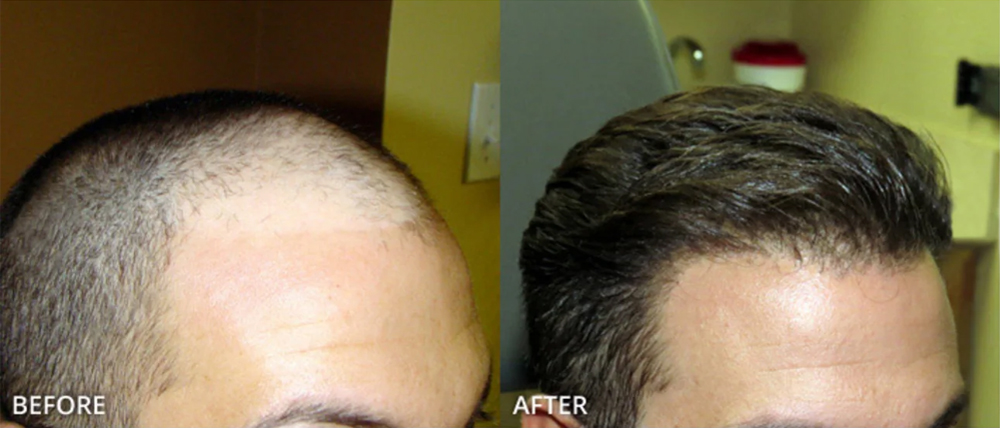
5. Virtually painless: Say goodbye to the fear of pain
One common concern among individuals considering a hair transplant is the fear of pain during and after the procedure. While traditional methods may involve significant discomfort due to the large incision and stitches, FUE is virtually painless.
Local anesthesia for a pain-free experience
FUE is performed under local anesthesia, meaning that patients are awake but feel no pain during the procedure. The use of local anesthesia also eliminates the need for general anesthesia, making FUE a safer option for individuals who may not be suitable candidates for it.
Minimal post-operative discomfort
As mentioned earlier, FUE involves minimal trauma to the scalp, resulting in less post-operative discomfort compared to traditional methods. This aspect makes FUE a more comfortable option for those who may have concerns about experiencing pain or discomfort during the recovery period.
Ideal for those with a fear of needles
For many people, the thought of needles can trigger anxiety and fear. However, with FUE, there is no need to worry about needles as the procedure is virtually painless. This aspect is particularly appealing for those who may have a phobia of needles or medical procedures.
6. Long-lasting results: A one-time solution
Perhaps one of the most significant benefits of FUE is its long-lasting results. Unlike temporary solutions such as topical treatments or hairpieces, FUE offers a permanent solution to hair loss. The transplanted hair follicles are resistant to the hormone DHT (dihydrotestosterone), which is responsible for male pattern baldness. This means that the transplanted hair will continue to grow even after the procedure, providing a lifetime of natural-looking results.
No need for repeat procedures
Traditional hair transplant methods may require repeat procedures as the transplanted hair may not always take root successfully. However, with FUE, the grafts are extracted from the donor area individually, ensuring a higher success rate. This means that patients do not need to undergo multiple procedures to achieve their desired results, making FUE a cost-effective option in the long run.
Improved self-confidence and quality of life
Hair loss can have a significant impact on an individual's self-esteem and confidence. However, with FUE, patients can regain their lost hair and restore their sense of vitality. The long-lasting results of FUE can also improve one's quality of life by reducing the stress and anxiety associated with hair loss.
Conclusion
In conclusion, Follicular Unit Extraction (FUE) has emerged as a game-changer in the world of hair restoration. Its minimal scarring, minimally invasive nature, natural-looking results, reduced risk of complications, virtually painless experience, and long-lasting results make it a preferred choice for many seeking to reclaim their lost hair. With its exceptional potential to transform lives, FUE is undoubtedly paving the way towards a future where hair loss is no longer a silent epidemic but a problem that can be effectively addressed with innovative solutions like FUE.
LATEST POSTS

